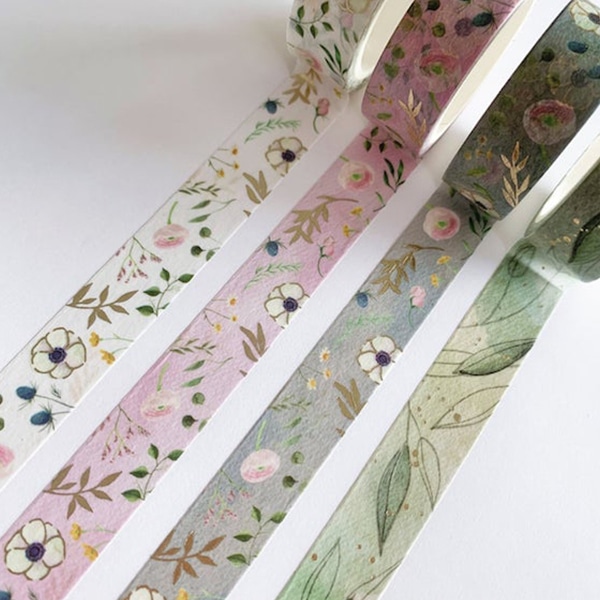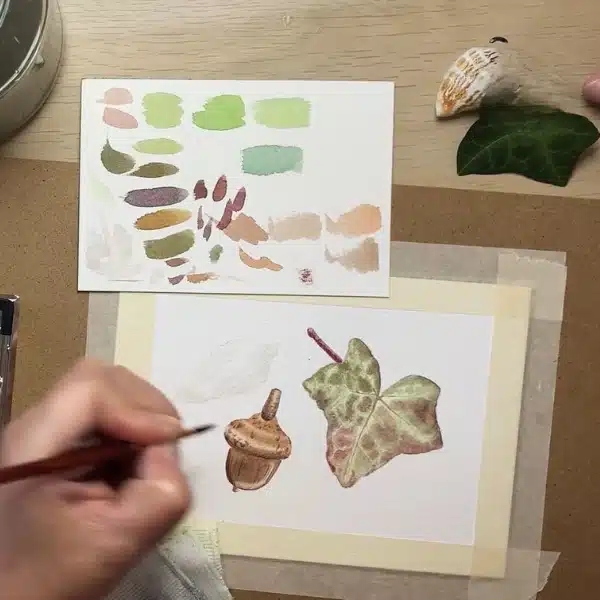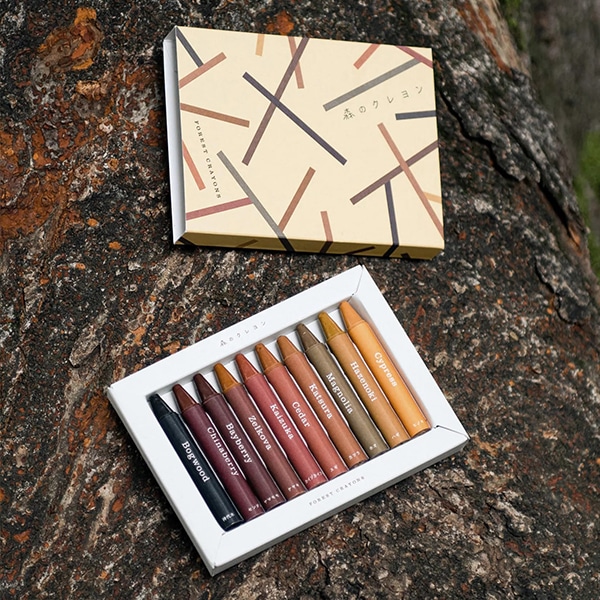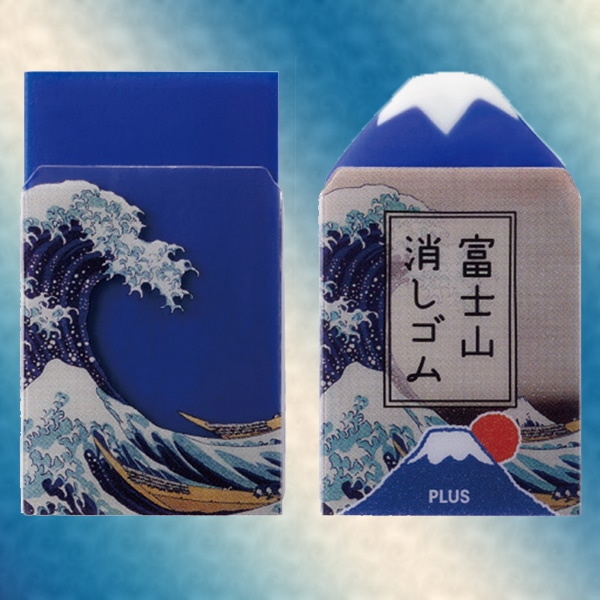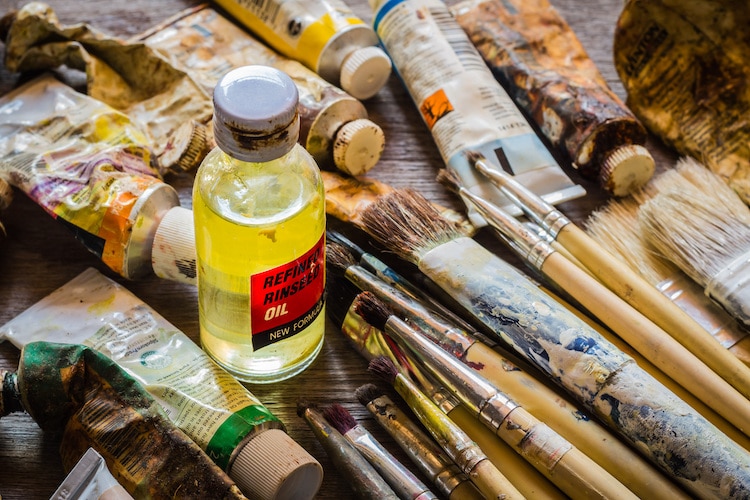
Photo: Stock Photos from Rungsuriya Chareesri /Shutterstock
This post may contain affiliate links. If you make a purchase, My Modern Met may earn an affiliate commission. Please read our disclosure for more info.
Oil paints have been the chosen material of artists for centuries, and it’s easy to see why. The luscious pigments and beautiful sheen that they produce give any subject an air of regality. But did you know that there’s a way to increase these qualities in your paint? Linseed oil is a painting medium that can be added to alter the pigment ever-so-slightly to behave in a different way. Depending on the type of linseed oil you use, it can slow your drying time and improve the flow of the paint on canvas.
Linseed oil, sometimes called flax oil, is a substance that is made from the dried seeds of the flax plant. It has been used in painting since at least the 12th century; author Theophilus Presbyter “described paints and varnishes wherein linseed oil and resins were used.” Linseed oil was originally used as a binder—artists would add pigment to the substance and create their own paint. But later, it was learned that it wasn’t needed as a binder and could be added into the paint at the artist’s discretion.
It’s easy to begin using linseed oil in your painting. Read on to learn about the types of linseed oil available and how (and why) you can use it in your artistic practice.
Why use linseed oil?

Photo: Stock Photos from Simonidadj/Shutterstock
You don’t have to use linseed oil—or any other oil medium—when painting. But using linseed oil can help boost your pigment. Essentially, it makes your colors oilier and a thinner consistency. (It can be an alternative to thinning with mineral spirits.) This improves painting flow and is a great option for when you use the glazing technique. Adding linseed oil will also change the drying time (often making it longer). When completely dry, the extra oil will create additional sheen to your picture.
Types of Linseed Oil
Like acrylic painting mediums, there are multiple variations of linseed oil. Each has its own characteristics—and advantages—that you’ll want to consider when you are selecting a linseed oil for your painting.
Refined Linseed Oil
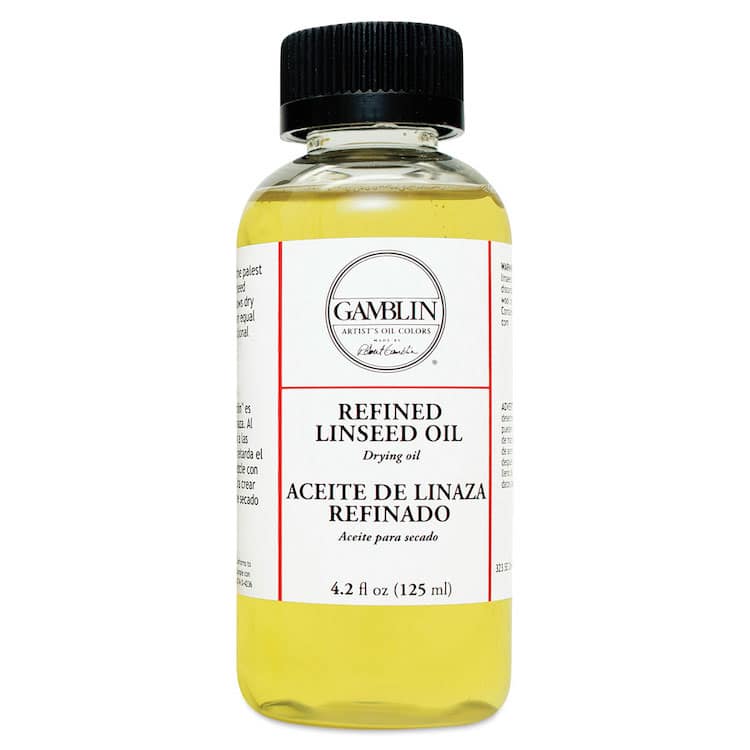
Gamblin | $6+
Refined linseed oil is the most popular variety of linseed oil available today. Add it to your paint to thin its consistency and slow the drying time. If you choose to glaze, it’s best to add less linseed oil to your early layers so that they dry faster. As you continue to increase layers, you can add more refined linseed oil. But beware of adding too much—this variety has the tendency to yellow your dried paint over time.
Try this: Gamblin Refined Linseed Oil
Cold Pressed Linseed Oil
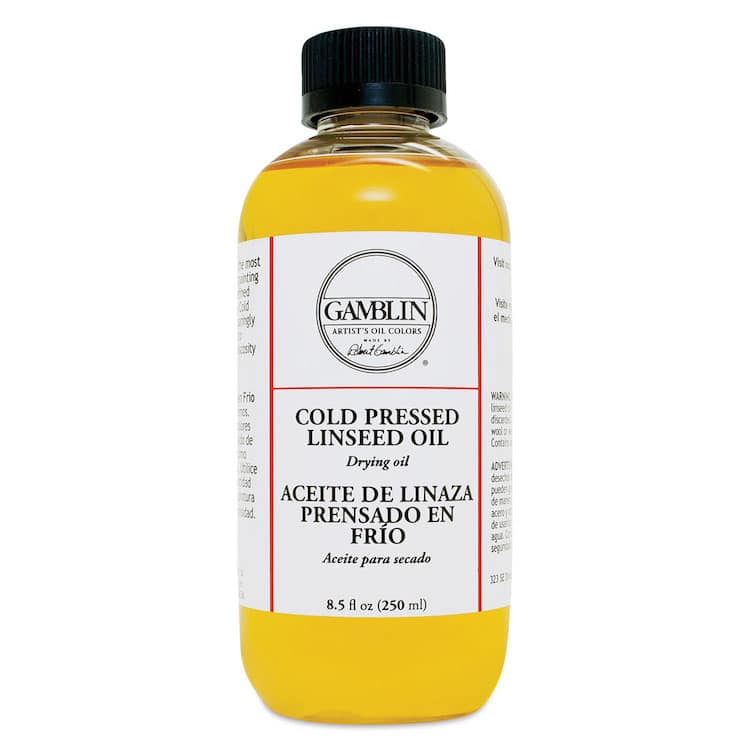
Gamblin | $13.77
Cold pressed linseed oil is extracted without heat and is generally a better quality oil. It has a quicker drying time than refined linseed oil and will make your pigments appear glossier. Because this type of oil is “purer grade,” it is a good option for adding ground pigment and making your own paints.
Try this: Gamblin Cold Pressed Linseed Oil
Thickened Linseed Oil (aka Stand Oil)
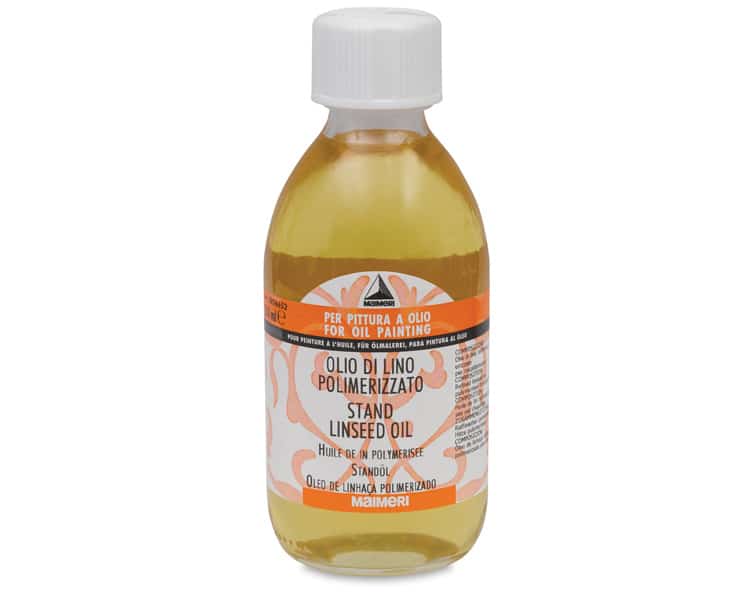
Marimeri | $11.99
Thickened linseed oil, also called stand oil, has the consistency of honey. Its translucent qualities make it a good option for glazing—it has a less yellow tint than other oils. The thick consistency causes the brushstrokes to smooth out and lay flat on the canvas. So if you don’t want your strokes to show in your painting (if you’re depicting skin, for instance), stand oil is ideal.
Try this: Maimeri Stand Oil
Drying Linseed Oil
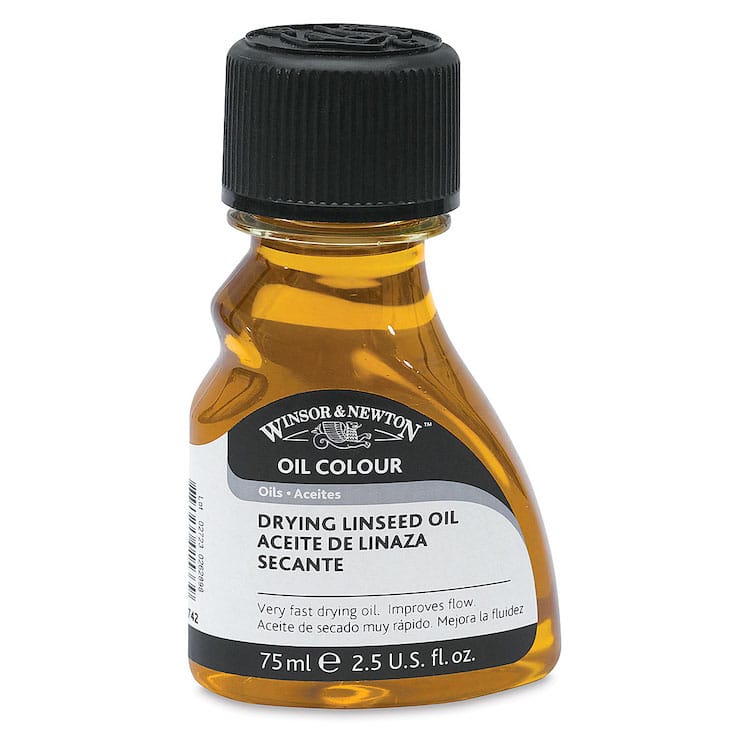
Winsor & Newton | $8.19
While other types of linseed oil will slow curing time, drying linseed oil speeds it up. It’s darker than refined linseed oil, so make sure you use it sparingly to avoid tinting your pigments too much.
Try this: Winsor & Newton Drying Linseed Oil
How to Use Linseed Oil
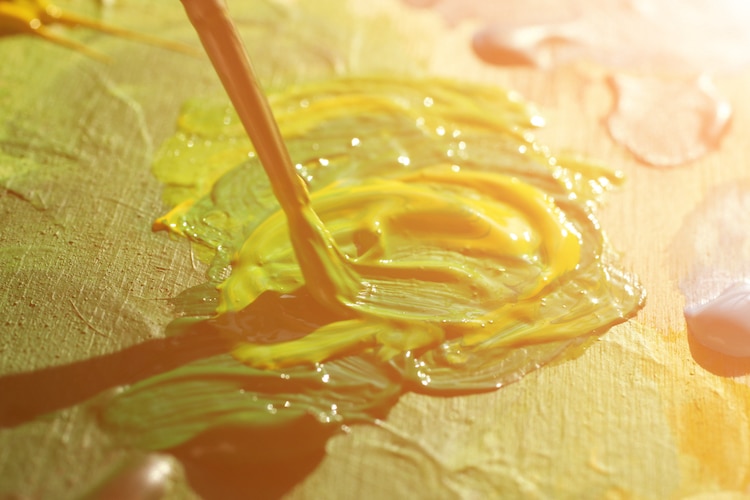
Photo: Stock Photos from Stanislaw Mikulski/Shutterstock
The great thing about linseed oil is that it’s simple to use—just mix it with your pigment! But you’ll want to start slow. Linseed oil ranges in color from light yellow to medium yellow to darker yellow. If you add too much to your pigment, it can affect the overall color and give it a warmer appearance. It might be worth it to create a small test painting to see how your use of linseed oil will (or won’t) alter the color of your oil paint.
For demonstrations on how to use linseed oil in painting, check out the following helpful videos.
Oil Painting Medium for Beginners
How to Use Refined Linseed Oil
Using Stand Oil
The Fat Over Lean Rule (for Applying Medium)
Looking for others who love painting? Join our Art, Design, Photography, and Drawing Club on Facebook!
Related Articles:
12 Best Oil Paints for Beginners and Professionals
Top 8 Oil Painting Techniques All Beginners and Professionals Should Know











































































